Amazing Piano!
The Complete Piano Learning System
For Teenagers & Adults

Online Piano Lesson #18
E Position - R.H. Melody


Learning E Position
The key of E has 4 sharps, (F#, C#, G# and D#). Since your right hand will be in the E 5-finger position, you will only play the F# and the G# in the melody line.
 |
|
The 2 main chords from the key of E, which you learned in Lesson #17, contain 2 of the 4 sharps from the E major scale.
- The E major chord contains the G#, and the B7 chord contains the D#.
- Continue to focus on switching smoothly between the two chords that you have learned from the keys of C, G, D, A and E major.
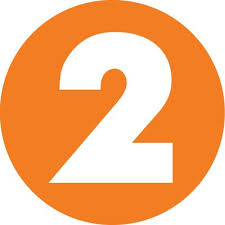 |
|
Once you know a few major chords, it's very easy to play a minor chord.
To change a major chord into a minor chord, all you have to do is lower the middle note a half step. Remember, a half step is the next closest key on the piano.
- Keep in mind, the chord must be in root position.
A chord is in root position when the root note is the lowest note of the chord. The root note of a C or Cm chord is a C. The root note of a G or Gm chord is a G.
- To make a C major chord a C minor chord, just lower the E to an Eb. (see illustration below)
- The lower case m in the chord symbol indicates that the chord is a minor chord.
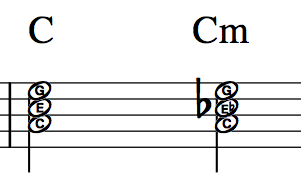
To make a G major chord a G minor chord, just lower the B to a Bb. (see illustration below)
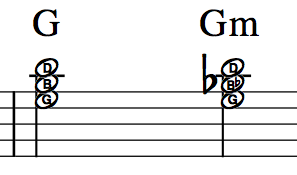
To make a D major chord a D minor chord, just lower the F# to an F natural. (see illustration below)
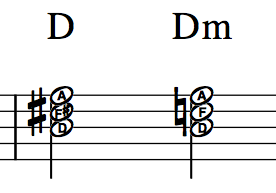
 |
A note is natural when it is neither flat nor sharp. Natural notes
are the notes A, B, C, D, E, F, and G represented by the white keys on
the piano keyboard. A natural sign cancels a proceeding sharp or flat as in the D major and D minor chord illustration shown above. |
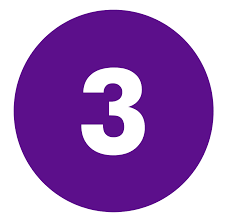 |
|
Click the play button for the video directly below to see and hear The E Major 5-Finger Scale and Broken Chord.
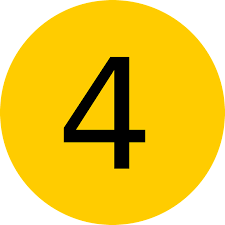 |
|
Click the play button for the video directly below to see and hear the E major 5-finger scale played with the E major and B7 chords.
 |
|
Click the play button for the video directly below to see and hear The Rhythm Exercise in E Position.
- This exercise will have you listen to a 1-measure rhythm that will repeat over a 4-measure time frame. The repeat sign will automatically return to measure 2 and repeat the same 1-measure rhythm.
This is an ear training exercise.
- You job is to listen to the exercise as many times as necessary until you can match the rhythms exactly on your piano or keyboard.

Why Wait?
One of the biggest mistakes that adult piano students make is moving too fast.
- They jump into a 6-chord song and have trouble switching from one chord to another.
In this course, students will progress by learning new chords every week, but the focus will be on 2-chord songs, then 3-chord songs, then 4-chord songs, and so on!
The slower you move, the faster you'll progress.
Free Online Piano Lessons
Lesson 38 Lesson 39 Lesson 40 Lesson 41
Lesson 42 Lesson 43 Lesson 44 Lesson 45
Lesson 46 Lesson 47 Lesson 48 Lesson 49
New Lessons Coming Soon!
Online Piano Lessons
Phone: (856) 662-6855
Hours
Mon. to Fri. 10 a.m. - 8 p.m. EST
Sat. 12 p.m. - 3 p.m. EST
Serving
We have students all over the world.



Cherry Hill Academy of Piano & Guitar
Copyright © 2018 - All Rights Reserved
